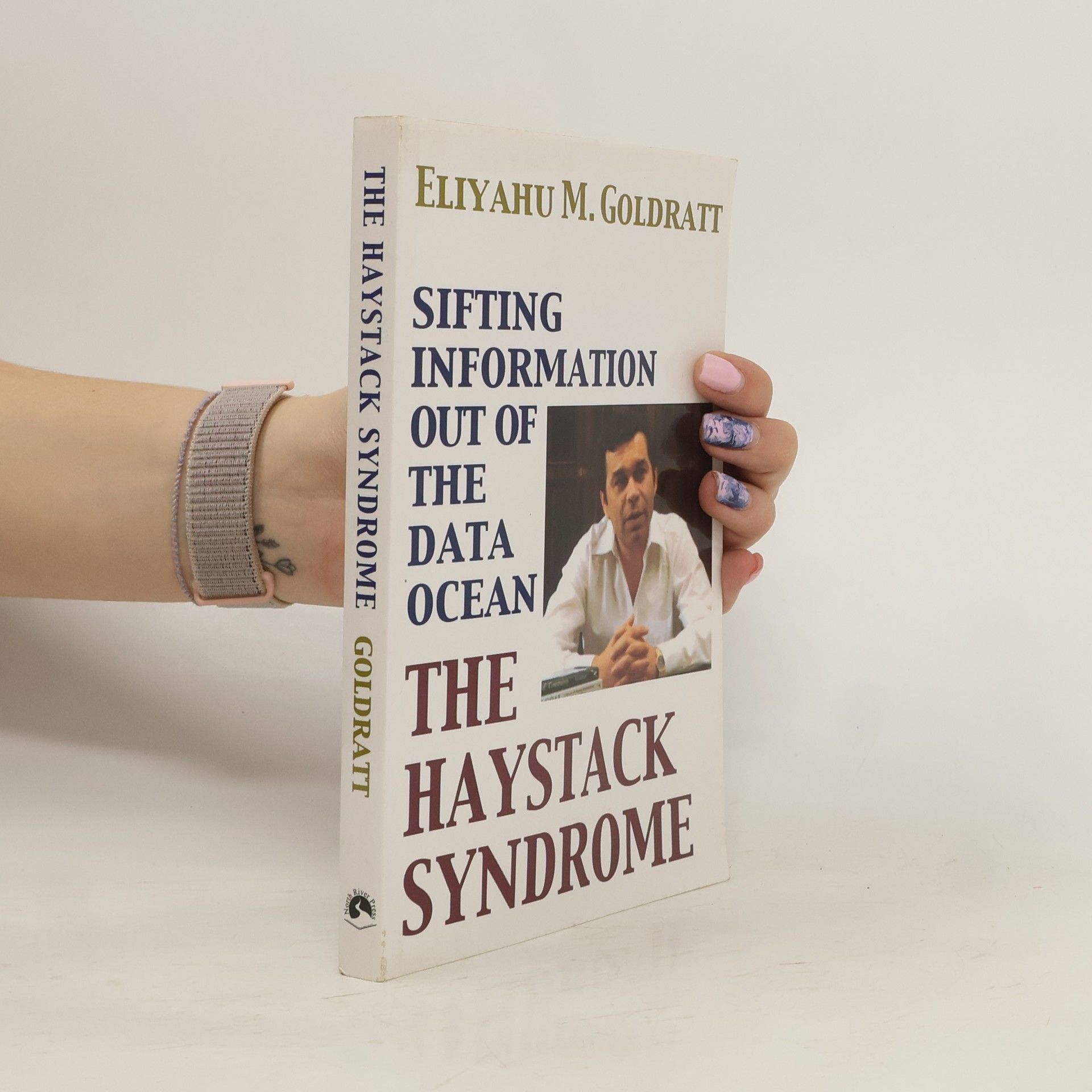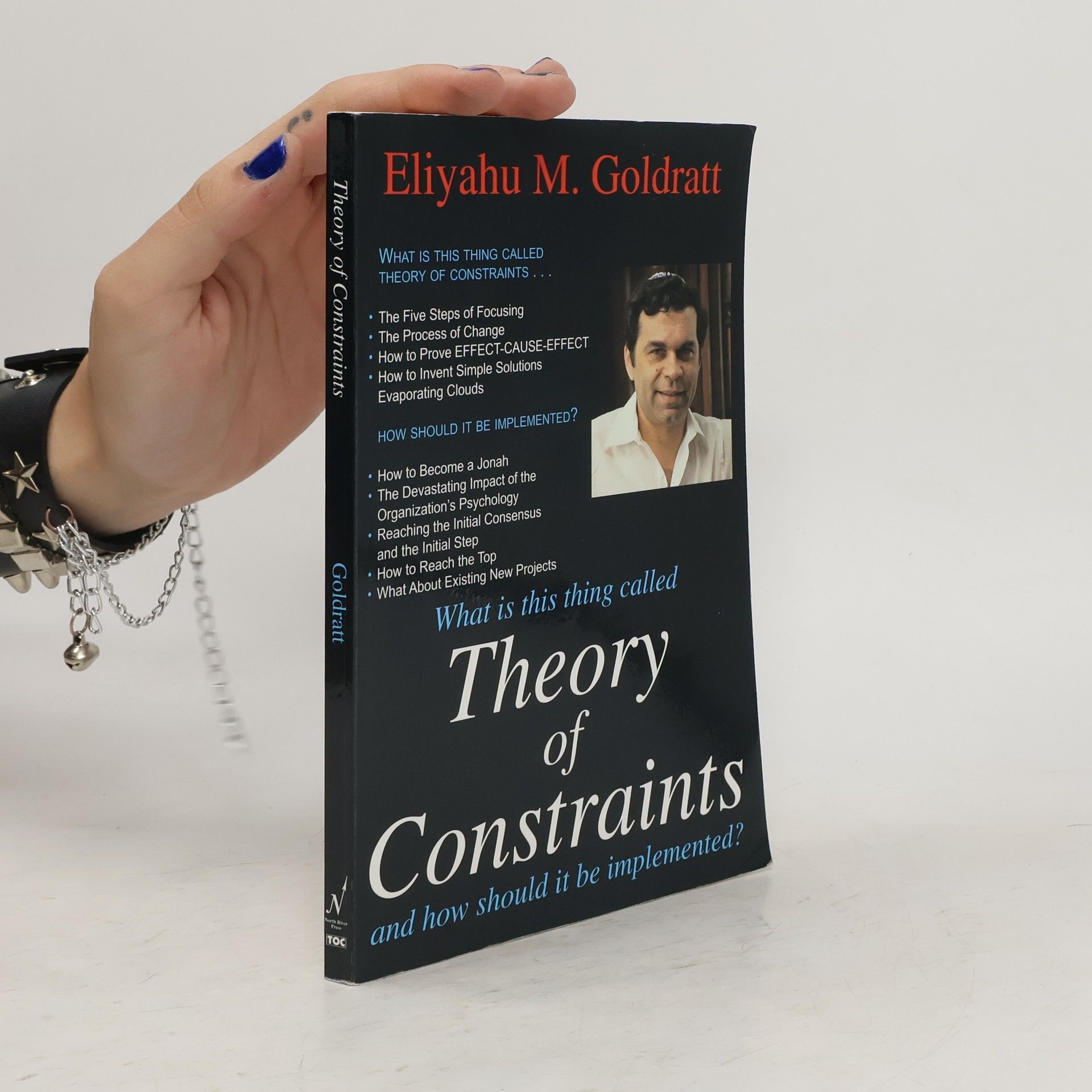El síndrome del pajar
- 233 páginas
- 9 horas de lectura
A "must" for every manager concerned with meeting the challenges of the 21st century. You'll see the differences between data and information in a new light, and understand precisely how misunderstanding those differences can affect the quality of your decision-making process. Starting with the structure of an organization, The Haystack Syndrome ends with a detailed description of the logic that must underpin the information system for any organization to maximize effectiveness.










